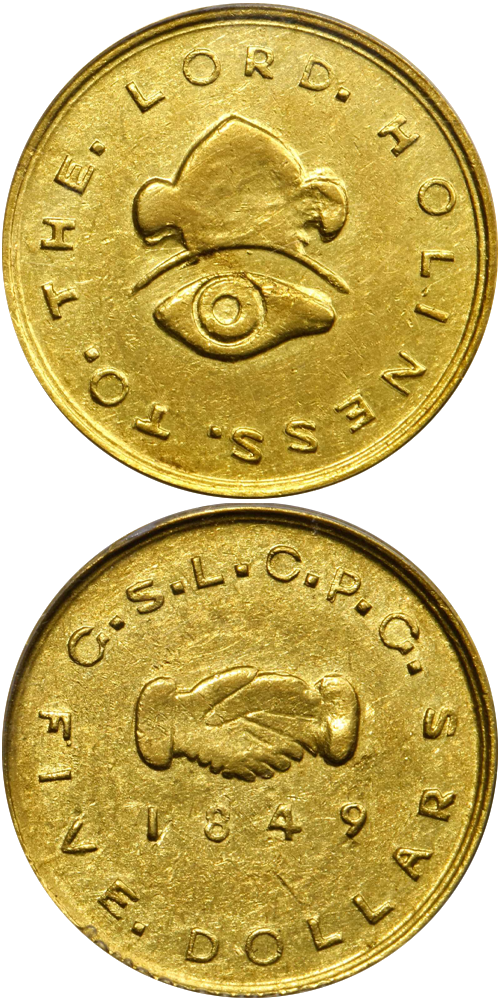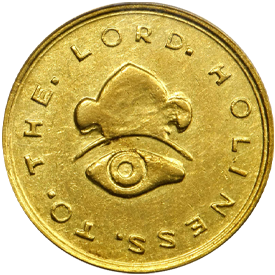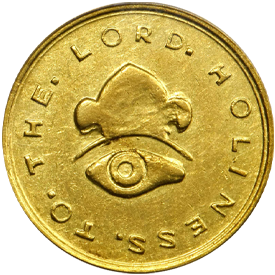The gold coins issued by the Church of Jesus Christ of Latter-Day Saints, or the Mormons, are among the most prized and elusive relics of the Western Gold Rush era. Produced at the Deseret Assay Office in Salt Lake City, these coins were struck periodically from 1848 through 1861 using gold sourced from California and Colorado. Variances in weight and fineness drove many of these to be melted in the decades following their production, leaving few survivors to be cherished by collectors today.
In the autumn of 1848, Mormons returning from California brought large quantities of gold dust into the Great Salt Lake area. Mormon Island, located downstream from Sutter's Mill at Coloma on the American River, was one of the richer gold deposits during the early days of discovery. Mormons were among the most active miners during the early part of the era, and gold estimated to have been worth several million dollars was located by them.
In the settlement at Great Salt Lake, called the State of Deseret (deseret = honeybee, a Mormon symbol of industriousness), Dr. Willard Richards, an official of the Mormon Church, weighed the gold dust and distributed it in paper packages which contained from $1 to $20 in value. In November 1848 coinage designs were formulated. Each piece was to depict on one side the priesthood emblem, a 3-point Phrygian crown over the all-seeing eye of Jehovah, with the phrase "Holiness to the Lord." The reverse was to bear the inscription "Pure Gold," clasped hands, and the denomination.
On December 10, 1848, Mormons with gold dust were invited to leave it for coinage. The first deposit was made by William T. Follett, who received a credit of $232 for 14-1/2 ounces at the rate of $16 per ounce. Soon thereafter 46 $10 gold pieces had been minted by John M. Kay, a Mormon who earlier had been employed with a private mint in Birmingham, England.
It is believed that the pieces struck in December 1848 were dated the following year. The ten-dollar coins were designed by Brigham Young, John Mobourn Kay, and John Taylor. They were dubbed "Valley Coins." Problems developed, and by December 22, 1848, the equipment was inoperable.
Additional facilities for coinage were ordered through a church agent in St. Louis. Dies were prepared for $2,50, $5, and $20 pieces. Coinage at the church mint commenced on September 12, 1849. From that point through early 1851, about $75,000 face value in gold pieces was produced. Designs followed those suggested a year earlier, but the words "Pure Gold" were represented by the initials P.G., and for Great Salt Lake City the letters G.S.L.C. were added.
Apparently there was little understanding or interest in Salt Lake City concerning the fineness or purity of gold, and only the total weight was considered when the coins were made. This caused the Mormon coinage to be condemned in many regions, particularly in California where it became the subject of many vituperative comments in the press, which noted the coins were "spurious," "vile falsehoods," and "debased." In areas other than Salt Lake City they circulated only at a discount of 10% to 25% from face value. Within Salt Lake City itself there were numerous questions raised, and in 1851 and 1852 many were reluctant to accept the pieces, but the church applied pressures which made the coins circulate. Eventually Brigham Young, the Mormon leader, closed the mint, and the pieces disappeared from circulation.








